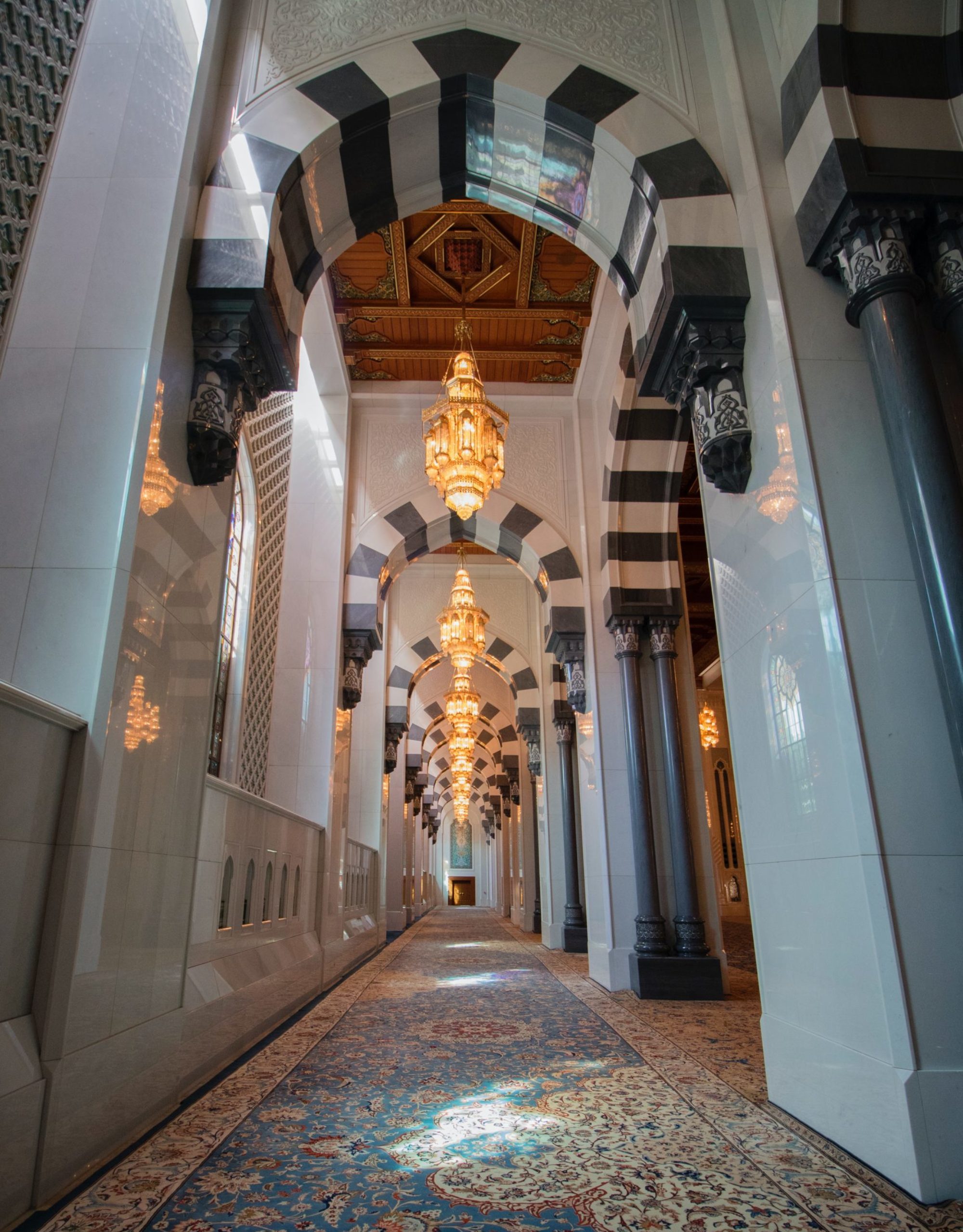By Kim Silarksi
Communication,
Arab American National Museum
America has a wealth of museums. There are more than 17,000 of them, many focused on art or history. But nowhere in the United States was there a museum that told the story of the thousands of Arab immigrants who, like others, have come to this country in search of a better life. That is, until May 5, 2005, when the Arab American National Museum opened its doors.
The Arab American National Museum is located in Dearborn, Michigan, a city that is home to the largest concentration of Arab World immigrants in the U.S. With its stunning white dome and eye-catching exterior mosaic mural, the Museum sits on the city’s Main Street – Michigan Avenue – directly across from Dearborn City Hall.
The mission of the Arab American National Museum is to document, preserve, celebrate, and educate the public on the history, life, culture, and contributions of Arab Americans. It’s a destination with obvious appeal for those of Arab descent, but it’s also a vital resource for anyone interested in learning about global history and culture.
The Museum is a project of the Arab Community Center for Economic and Social Services (ACCESS), a nonprofit organization in Dearborn that recently celebrated 35 years of service. Dr. Anan Ameri, director of ACCESS’ Cultural Arts Department and the Museum’s founding director, traveled with staffers across the country to gather photographs, artifacts and stories directly from Arab Americans in all walks of life from nearly every state in the union.
At 38,500 square feet, the Museum includes 500 permanent, donated artifacts; 100 interactive audio and visual elements; a 156-seat auditorium; a Library & Resource Center; a Museum Store; two rotating exhibition spaces; and classroom and meeting facilities. All are set around an exquisite Community Courtyard, a three-story space with a central fountain and brilliant wall mosaics that is capped by a dome decorated with Arabic calligraphy. Built with elements of traditional Arabic architecture, the Museum was designed by GHAFARI, a global architectural engineering firm based in Dearborn.
The Museum’s main floor chronicles the significant historical contributions made by the Arab World in the fields of architecture, science, medicine, law and arts. The second floor comprises three thematic galleries: Coming to America; Living in America; and Making an Impact. A signature display is a two-story-tall interactive Map of the Arab World. The respected firm of Jack Rouse Associates, Cincinnati, OH, developed the Museum’s master plan and its exhibit design and production.
